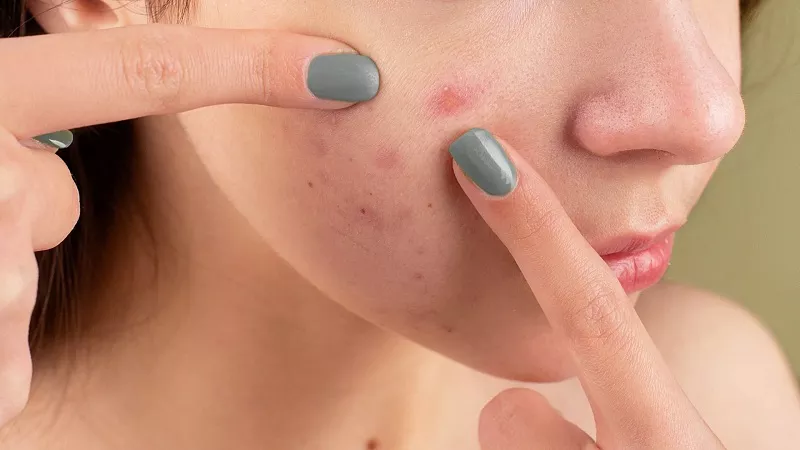The market for Vitamin A beauty products is witnessing significant growth, driven by an increasing consumer awareness of skin health and the anti-aging benefits of Vitamin A, particularly in the form of retinol. As more consumers focus on the ingredients in their beauty products, the demand for Vitamin A-based skincare solutions continues to rise. These products are recognized for their ability to improve skin texture, reduce wrinkles, and address acne, which contributes to their growing popularity. The trend toward natural and organic skincare solutions is also supporting this market expansion, with more consumers seeking products that align with their clean beauty preferences.
Market Growth and Future Outlook
The global Vitamin A beauty products market is expected to grow at a compound annual growth rate (CAGR) of 6-8% in the coming years. North America and Europe are currently leading in market share, fueled by a growing interest in high-quality anti-aging solutions and innovative product formulations. The development of new product types, including serums, creams, and oils tailored to different skin types, is further driving market expansion.
Key Drivers of Investment
Investing in Vitamin A beauty products presents a strong opportunity, underpinned by several factors. The consistent demand for anti-aging and skin-enhancing products is a primary driver of market growth. Furthermore, rising disposable income, particularly in emerging markets, is prompting increased consumer spending on premium beauty products. A shift toward clean beauty and eco-friendly packaging also offers significant investment potential for companies focusing on sustainability. The growing role of e-commerce allows brands to reach a global consumer base, expanding market access and offering new investment opportunities.
However, potential investors should consider challenges such as regulatory hurdles and the rising competition from alternative skincare ingredients. Companies that focus on innovation, product quality, and consumer education are likely to be well-positioned to capture significant market share.
Competitive Landscape
The Vitamin A beauty products market is highly competitive and fragmented, with both multinational corporations and emerging niche brands vying for market share. Major global players like L’Oréal, Estée Lauder, and Johnson & Johnson hold a dominant position, leveraging their brand recognition and expansive distribution networks. However, smaller companies specializing in targeted solutions or natural ingredients are gaining ground by catering to specific skincare needs.
Collaborations between beauty brands and dermatologists, along with increased investment in clinical trials, are advancing product efficacy and fueling competition. Moreover, the rise of direct-to-consumer sales models through online platforms is reshaping the competitive environment, enabling smaller brands to directly engage with end-users.
Industry Trends
Several key trends are shaping the future of the Vitamin A beauty products market:
Anti-Aging Demand: Retinol-based products remain in high demand for their proven anti-aging effects, driving global market growth.
Natural & Organic Products: A growing preference for organic and clean beauty products is boosting demand for Vitamin A-infused skincare, as consumers prioritize ingredient transparency.
Innovation in Formulations: Companies are investing in research and development to create more effective and skin-friendly Vitamin A formulations, making products suitable for a wider range of skin types.
Asia-Pacific Growth: Rising disposable income and increasing awareness of skincare benefits, particularly in countries like China and India, are contributing to market growth in the Asia-Pacific region.
Regional Insights
The market is experiencing varied growth across different regions:
North America: Dominates the market, driven by high consumer spending on premium beauty products and advanced product formulations.
Europe: Strong demand for anti-aging skincare and sustainable beauty products continues to support market growth.
Asia-Pacific: Increasing disposable incomes and a rising interest in skincare are propelling the market in countries like China and India.
Latin America and Middle East & Africa: Emerging markets are witnessing growth as consumer awareness of skincare benefits expands.
Conclusion
The Vitamin A beauty products market is poised for substantial growth in the coming years, driven by consumer demand for skin-enhancing and anti-aging solutions. The shift toward natural, organic products and sustainable packaging presents attractive opportunities for companies and investors. With innovations in product formulations and a rising focus on clean beauty, the market offers substantial growth potential across regions, particularly in North America, Europe, and Asia-Pacific.
For more detailed information on market trends, key players, and investment opportunities, refer to the full market report available from Verified Market Reports.
Related Topics































